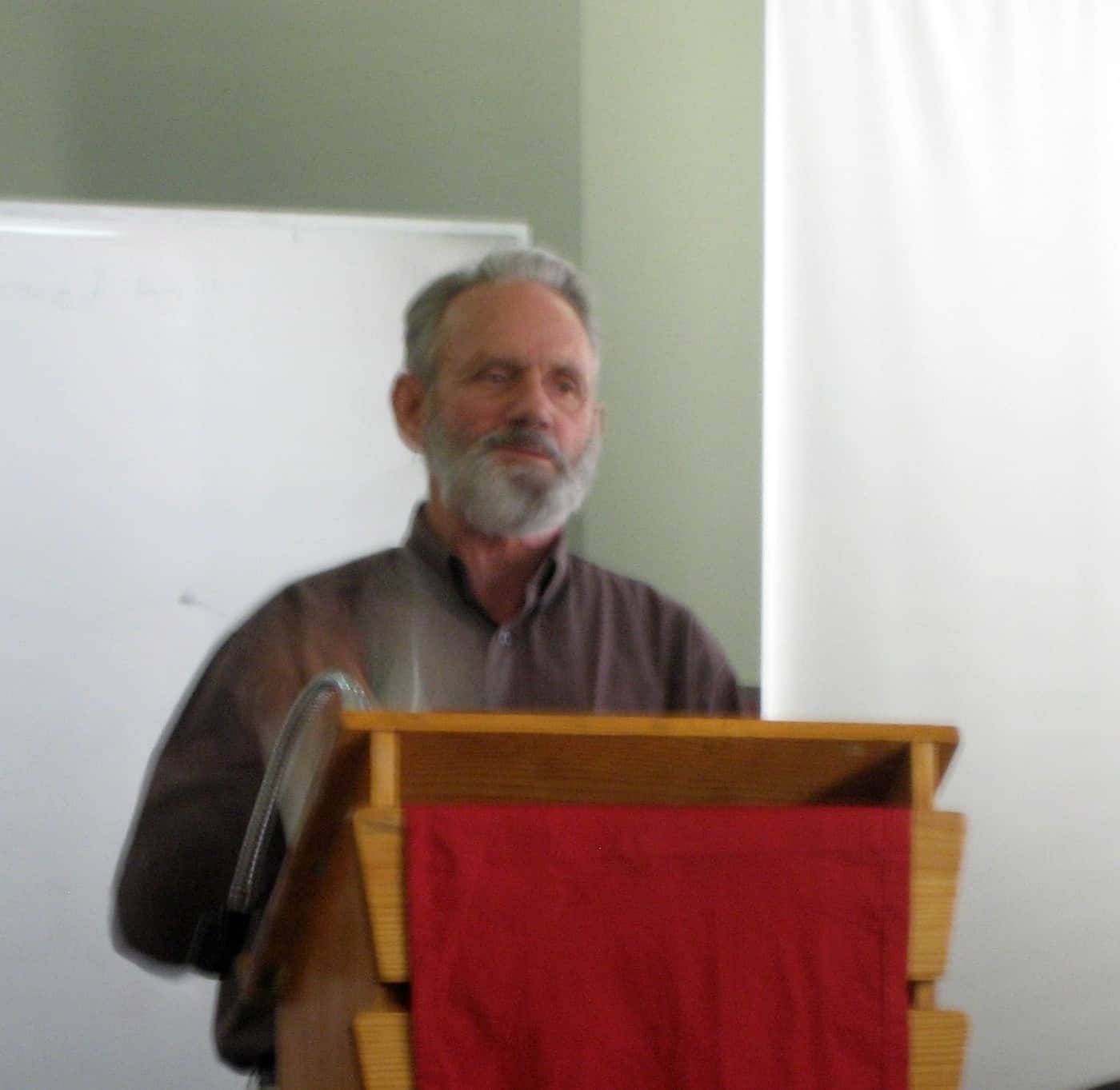Most of the Australian media have reported on a memo to staff of the Australian Department of Health that only allows smoking while on meal breaks. Health Department employees are not permitted to smoke while undertaking departmental duties or “when representing the department in any capacity”.
Government authorities have long participated in smoking reduction campaigns which have succeeded in minimising smoking. Workplaces in Australia already have workplace smoking bans. So what’s caused the memo (a copy which has not been seen by SafetyAtWorkBlog) to be issued?
The principal reason seems to be to improve the “professional reputation of the department”. It has always been a ridiculous image to see Health Department employees crowding around departmental doorways smoking cigarettes. Continue reading “Health Department bans all employees from smoking at work”






